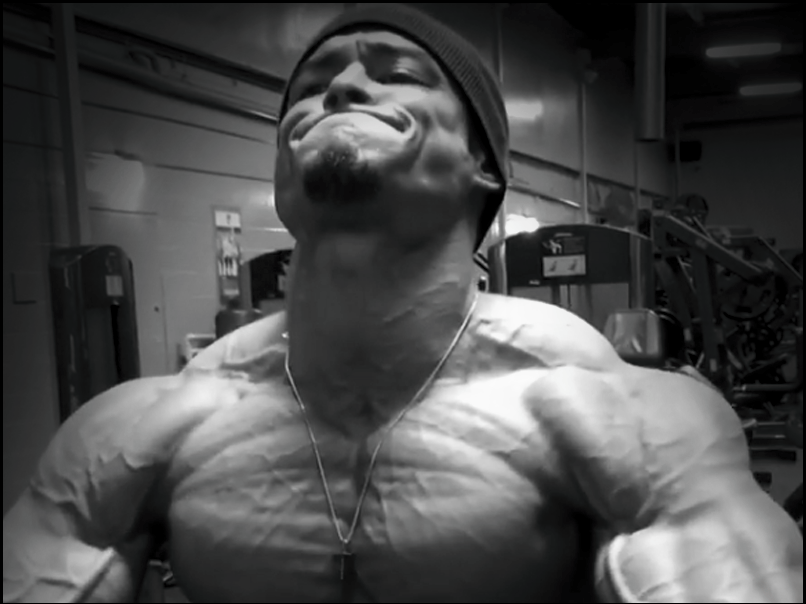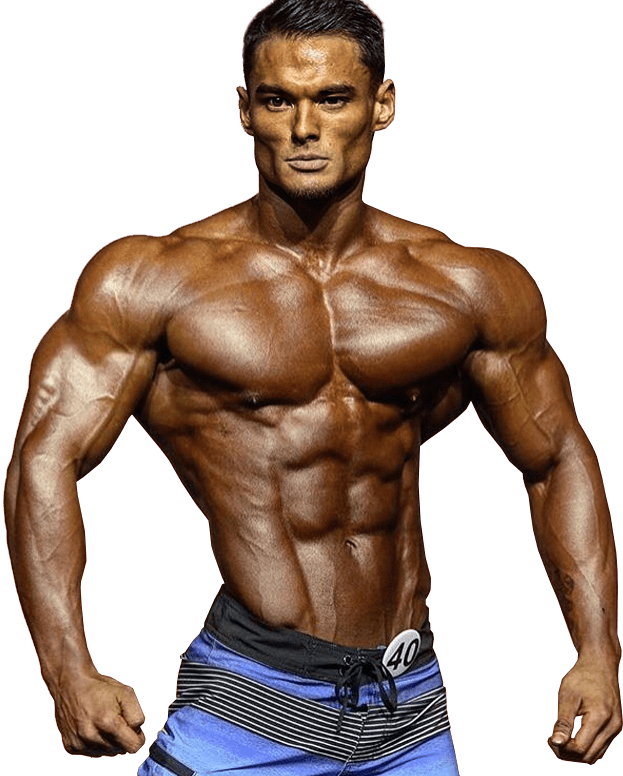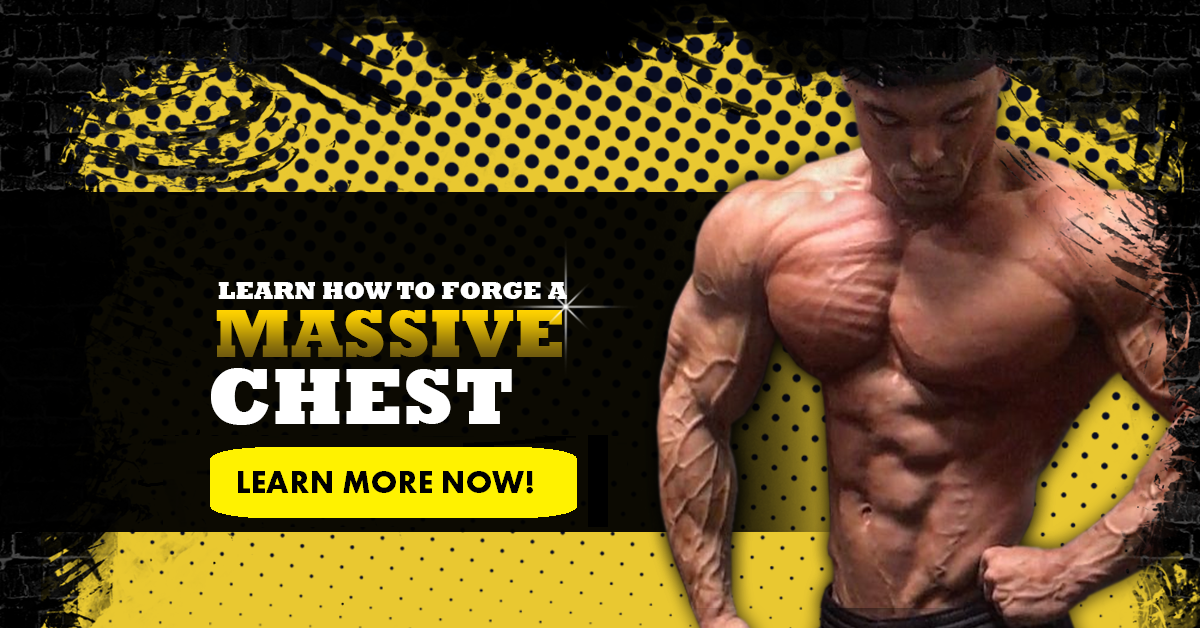
Are you ready to Maximize your total physique results in 2017?
For me, I’ve discovered a key element:
Building your chest THE RIGHT WAY is the most direct and effective path.
When you maximize your chest output, it becomes the first muscle group people visibly notice.
The famous phrase “walking with your chest out” exists to describe a powerful and confident man. People know (from experience, evolution, etc.) that a large, round, masculine chest conveys strength without even saying a word.
The problem most guys have is that their chest is either underdeveloped or developed with improper technique so it doesn’t have optimal shape and size.
I’ll see guys KILLING THEMSELVES in the gym on their chest workout, but when I see their lifts, I know they won’t get results.
Why?
Aside from using poor form and improper workout plans, they have overactive muscle groups that are totally sabotaging their lifts. In my eBook, Building a Legendary Chest, I talk about ways to activate the correct muscles, along with the proper techniques to build your best chest.
Overactive Muscles
When you’re lifting, you want to fully activate specific muscles to maximize your strength gains and muscle growth in those specific areas. When the muscles surrounding your target muscle group are too tight, they will lessen the tension on your target muscles, creating less activation on those muscles. This is how some guys end up spending hours working out their chest, only to have a small chest and large front deltoids and trapezius muscles.
An overactive muscle is typically strong, short, and tight. During lifts, these muscles overcompensate and dominate an underactive muscle. It’s the body’s way of working efficiently. Unfortunately, this efficiency creates unnecessary limits on building the muscles you really want, like the chest.
But hope exists!
Releasing Overactive Muscles to Build an Amazing Chest
Ok – you’ve identified your overactive muscles limiting gains in your chest. Now what?
Fortunately, you’re not doomed to a life of huge traps and a sunken chest. You can release these overactive muscles, open up your chest, and properly stimulate your chest fibers. These 3 techniques will help you release and relax your overactive muscles:
Deep Tissue Massage
A physical therapist can assess your upper body and identify which muscles are overactive. They’ll use deep tissue massage to increase blood flow in the area, reduce any lingering pain, and increase range of motion. Many issues can be solved with this simple treatment.
Active Release Therapy
Active release therapy (ART) is used to break up scar tissue, or adhesions, and unlock binded muscles and joints. This therapy can also promote lymphatic system stimulation, which decreases inflammation. Practitioners of this technique, often sports chiropractors, use manual tension on specific spots to get the desired effect. This method is growing in popularity, so there should be a certified ART practitioner in your area.
Graston Technique
Graston Technique (GT) involves a clinician using stainless steel instruments to diagnose and treat areas containing fascial restrictions and scar tissue resulting in increased range of motion. This method is beneficial because the instruments can be very precise, and the therapy can actually be quicker and more effective than other manual forms of therapy.
Conclusion
With the help of these techniques, you can break free from overactive muscles and build the 3-dimensional chest that will make people say, “Wow!”
Have a Question or Suggestion? Please leave in the comments section Below and I would love to Respond!


